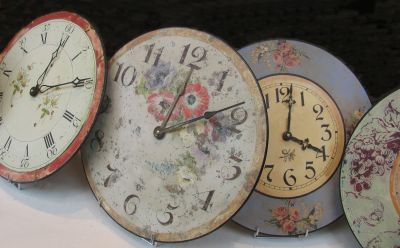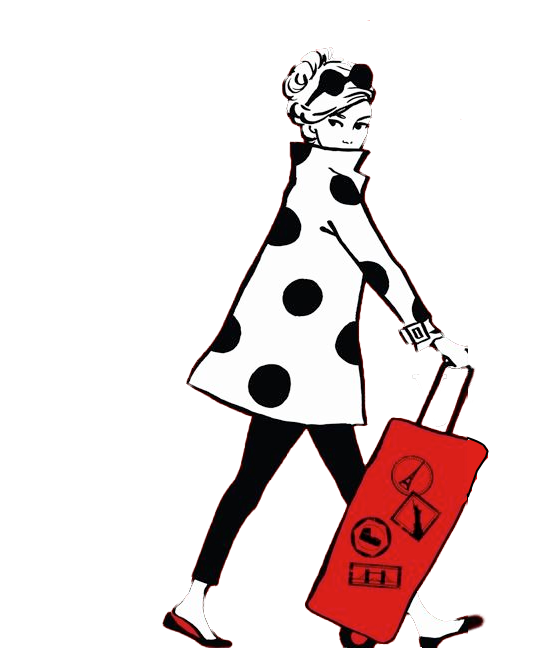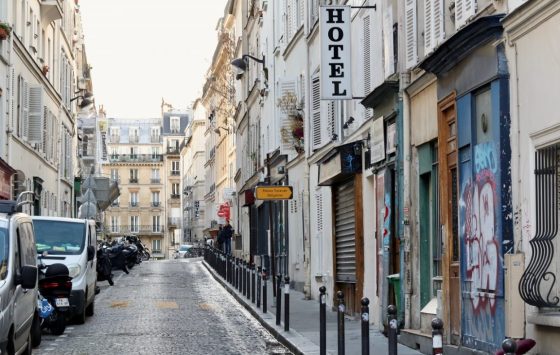Emma Killick translates second-hand shopping in France.

Everyone knows about “antiques”, but in France there are actually many different sources for second-hand goods. They’re designated differently and below is a general guide for looking for furniture, homeware, clothing, jewellery, toys, knick knacks, and those items you’ve never thought you needed but it turns out you do.
ANTIQUES: These are the most expensive. They are most often permanent shops, but will sometimes drag their wares out to a local village square to entice the tourists. Sure, you’ll find some treasures in there, but mostly you’ll overpay.
BROCANTE: These can be permanent shops or a special market. In the summer, some shopkeepers will dust off their stock and take it to local towns. These brocante markets are usually held on a Saturday and Sunday (you’ll see them advertised in the surrounding area with posters usually stuck to phone poles, street lamps, and so on). Their permanent shops are often advertised in a similar fashion, only perhaps the signage has been upgraded from a fluoro piece of paper to a plank of wood.
For a more reliable way to find the brocante markets, see www.brocantesfrance.com with a link to www.brocabrac.fr where you can type in the department you are in (a two digit number) and it provides a list of upcoming brocantes and vide greniers. If you click on the name of the town, the site will then give you a map.
DEPOT-VENTE: a warehouse sale, invariably very dusty, but if you like hunting around in the dark, this is for you. At my closest depot vente they have everything from ten-foot high armoires, to hundreds of old doors, vats of beautiful tiles, the French equivalent of Belfast sinks, marble topped cabinets with loos hiding in the bottom cupboard, and an old Citroen or two that look as if they haven’t moved since the war.
TROC: Literally meaning “to barter”, these are shops that take things on consignment. The range here is the most extreme and you have to be patient because sometimes all you’ll see is complete junk but other times wonderful gems hidden between the used Ikea desks.
VIDE GRENIER: This means “empty attic” and is the equivalent of a car boot sale or garage sale. They are usually on a Sunday morning, more frequent in the summer. These are the most varied, and you need to get there early to spot the good stuff – I recommend arriving by 9 a.m. If you don’t get there until mid-morning, all you’ll find is rusty fans, tatty baby clothes, and a plethora of My Little Pony toys. Lots of brocante owners get their stock from these vides. Prices vary widely because sometimes you’ll encounter professionals with a stall. Always negotiate.
See www.brocabrac.fr for a listing of upcoming “vides.” www.vide-greniers.org is also decent, but the brocabrac site is easier to use.
MARCHE AUX PUCES: Literally meaning “flea market”, it is frankly hard to discern the difference between these and vides, but they are worth checking out. Use the same brocabrac site to find the ones nearest you.





